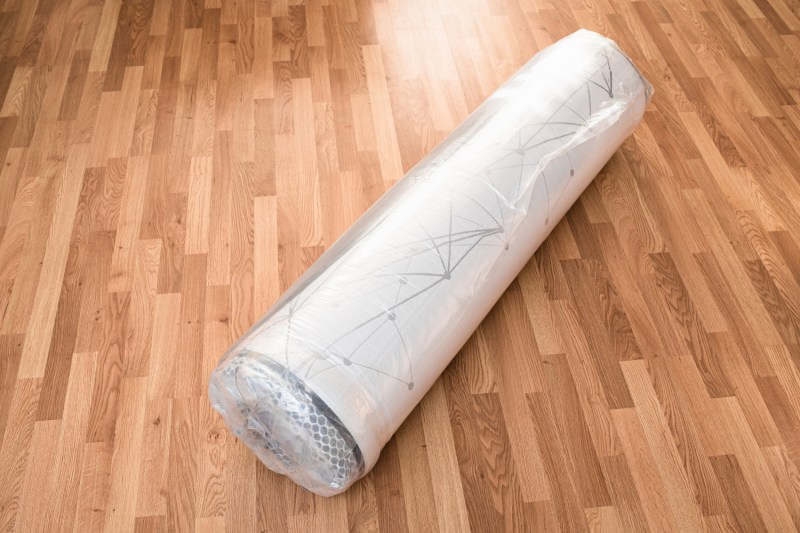Latex mattresses have stepped into the limelight in recent years. Many owners and mattress manufacturers claim them to be superior to memory foam and hybrid beds. While subjectivity plays a significant role in determining whether one mattress is better than another, many objective features of latex make it better than other mattress materials in particular categories. We’ll look at all of those points to determine if all-natural latex is the best mattress option for you, but first, let’s look at how latex mattresses are different from others.

How are Latex Mattresses Different?
When comparing a latex mattress to a hybrid or other beds with coils, the standout difference is that latex is comprised entirely of foam. There are three main categories in the world of foam mattresses: Latex, polyfoam, and memory foam. Polyfoam was the first type of all-foam mattress, and it’s also the cheapest. Memory foam is a higher-tech form of polyfoam that responds to body heat and conforms to a person’s dimensions.
Latex is derived naturally from the rubber tree. While some manufacturers might add synthetic materials when making latex foam, its base is natural, and that’s the primary difference between it and other foam mattresses. Because of that, latex possesses some of the same qualities as rubber, specifically its natural bounciness.
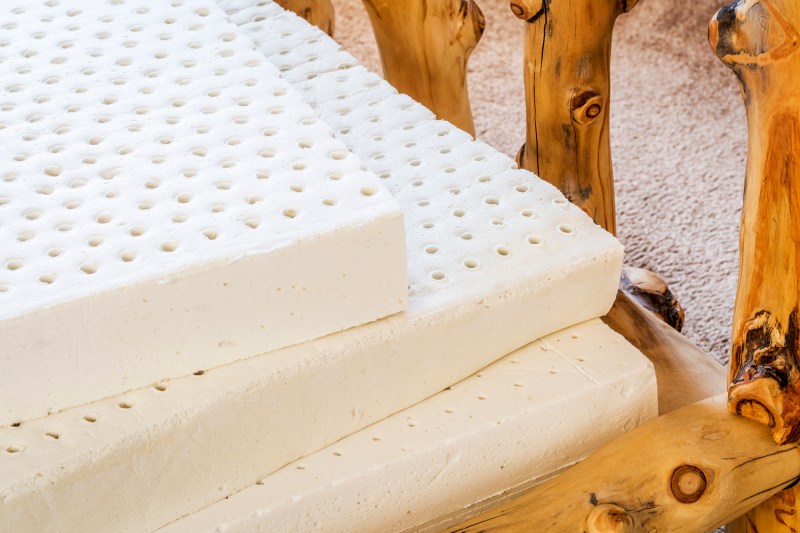
The fact that latex is organic is a huge selling point for people looking for healthy and sustainably conscious consumers. However, as mentioned before, not all latex mattresses are made from 100% natural latex, and some can be infused with petroleum-based plasticizers. Also, there are synthetic latex mattresses made from petrochemicals like styrene-butadiene rubber. While this isn’t latex at all, it’s manufactured to mimic the properties of latex but it doesn’t come with the same durability or health benefits.
For someone new to latex mattresses, all of this can be very confusing. That’s why when shopping for an all-natural latex mattress, the main thing to look for are the types of latex used, and the certifications bed manufacturers obtain for their latex mattresses.
Types of Latex
If an organic latex mattress is important to you, there is really only one type of latex to go with. However, if comfort trumps an organic label, there might be another option to consider.
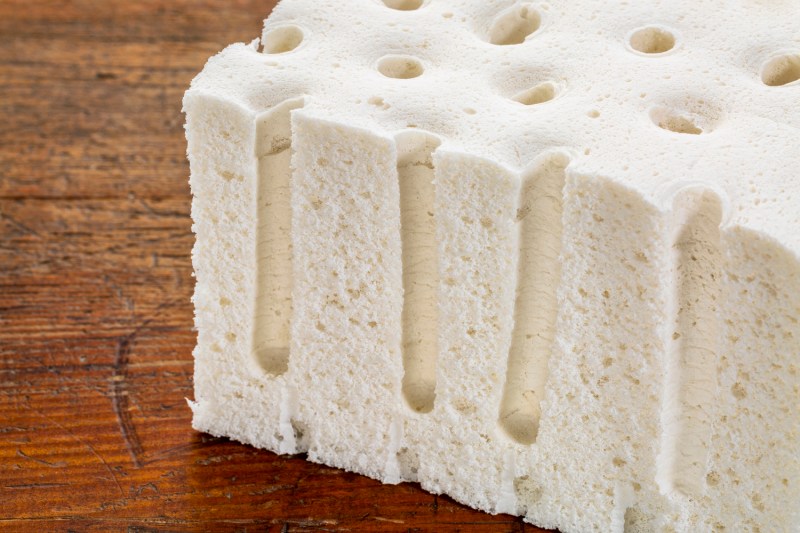
Dunlop Latex
Latex types get their names from the methods with which they are produced. The Dunlop process of making latex foam is the oldest and produces the only all-organic product. It’s a simple process of basically pouring the latex into a mold and baking it at high temperatures. The Dunlop process uses fewer steps that involve less energy for the energy conscious. Dunlop foam is more firm and supportive than Talalay and is most often used as the base layer for latex mattresses.
An important thing to remember is Dunlop refers to the process of making latex foam, not the materials used to make the foam. So, while most 100% natural latex uses the Dunlop process, it doesn’t mean that synthetic materials can’t be added. Keep that in mind when shopping for a 100% natural latex mattress.
Talalay Latex
The Talalay method for making latex foam came about around 20 years later but is still an old process. The Talalay method involves freezing and injecting the foam with air before baking, resulting in a fluffier, more cloud-like foam. While still considered natural latex, it’s rarely regarded as organic. It’s because the extra steps in creating Talalay (which also makes it more expensive) usually involve a degree of chemical processing that prevents it from earning organic certification. If you come across a Talalay latex mattress claiming to be organic, it might be wise to investigate those claims further.
Important Latex Certifications
To ensure you’re getting a 100% natural latex mattress, the manufacturer should be able to provide some certifications to prove that they ethically and responsibly source their materials. Some hold more weight than others, but there are a few certifications that a latex mattress should have if you’re in the market for an all-natural latex, organic mattress.
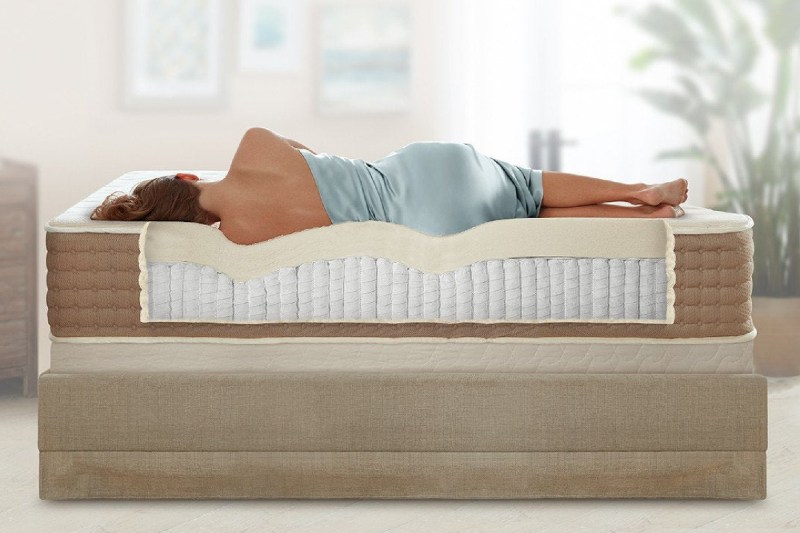
Oeko-Tex Certification Standard 100 Certification
The OEKO-TEX Standard 100 Certification is a mattress industry standard. While this certification doesn’t prove that the mattress is all-natural or organic, it verifies that the foams, threads, and other textiles that comprise the bed are free of harmful additives.
Global Organic Latex Standard (GOLS)
If you’re looking for an all-natural organic latex mattress, then a GOLS stamp of approval is a must-have. The GOLS certification makes sure that the materials in your bed are free of chemicals and synthetic fillers. It also ensures that the materials are sourced from rubber tree plantations that are certified organic. That means no pesticides were used to grow the ingredients, which were also harvested responsibly.
Greenguard Gold Certification
Whether you care about organic, sustainable products or not, the Greengard Gold certification is one to look out for with any furniture or household appliance. This certification safeguards consumers by preventing the use of materials that contain volatile organic compounds (VOCs). Essentially, VOCs are materials that have high vapor pressure at room temperature. Because of this, they can emit chemical fumes that are harmful to your health. People with skin and breathing sensitivities can be especially at risk; however, it’s not suitable for anyone. It’s a good idea that all your home furnishings have this certification.
Global Organic Textile Standard (GOTS)
The GOTS is to textiles as the GOLS is to latex. Since a latex mattress isn’t solely composed of latex, you’re going to want it to have this certification as well; if you want a 100% natural organic bed.
Top Benefits of an All-Natural Latex Mattress
You might be wondering why someone would want a latex mattress over, say, a hybrid or memory foam mattress. Like other mattresses, how a latex mattress sleeps (comfort, support, cooling, etc.) is subjective. However, latex mattresses objectively outperform the competition in longevity, sustainability, and hypoallergenic properties.
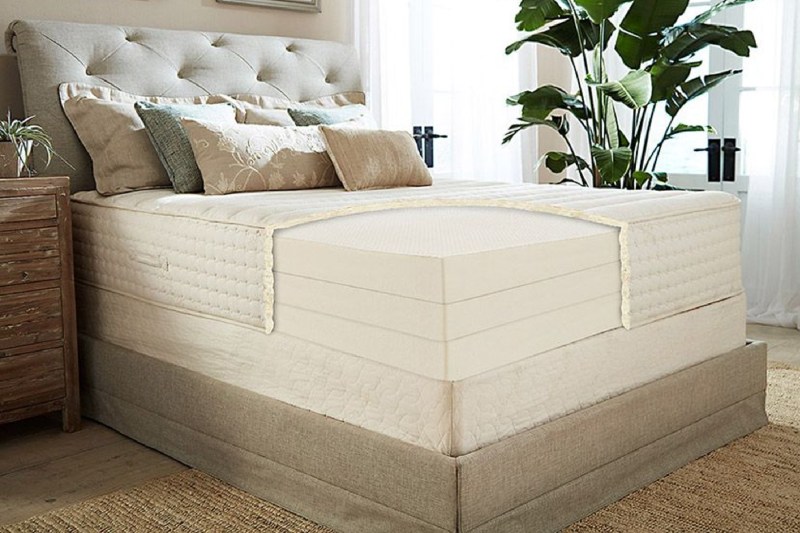
Longevity
Naturally derived latex comes from the same place our car tires come from, the rubber tree. While comparing a bed to car tires doesn’t seem ideal, it’s precisely what you want in terms of a long-lasting mattress. In general, latex mattresses outlast all other types by two to seven years, giving them at least a twelve to fifteen-year lifespan.
Sustainability
Since latex foam is 100% natural, it’s also biodegradable. If the fabric encompassing the latex foam is also natural, then latex becomes the most sustainable option when it comes time to recycle/dispose of your bed.
Hypoallergenic
In this instance, healthy sleeping isn’t about the amount of sleep you get or how well you sleep. Latex mattresses promote healthy sleeping because of some of the health side effects other types of mattresses cause due to synthetic materials.
Some highly sensitive people can experience skin or breathing problems due to the adhesives used. Also, petroleum-based foams release toxic fumes into the air as they age, which isn’t good for anybody. Latex is naturally hypoallergenic, antimicrobial, and highly resistant to dust mites. Also, there is little to no off-gassing when you purchase a new latex mattress. Other beds that use synthetic materials can take days to off-gas and can release harmful fumes.
Other Benefits of an All-Natural Latex Mattress
While the above benefits are objective points, these benefits are more subjective per latex mattress owner. However, the consensus is that almost all latex mattresses deliver in these areas as well.
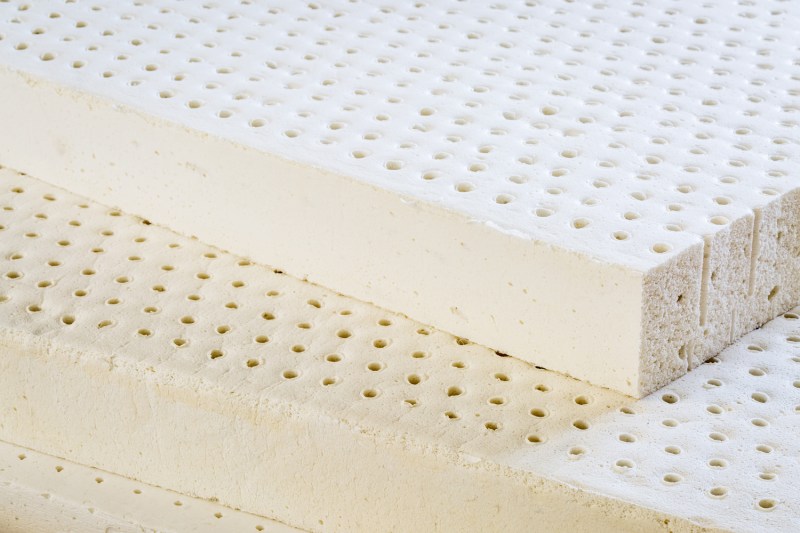
Cooling
Whether it’s a bed or a piece of clothing, all-natural, organic materials are the most breathable. While how hot or cold a mattress sleeps at night varies from person to person depending on body heat, most all-natural latex mattress manufacturers have perfected their bed-building techniques to deliver the coolest sleeping experience.
Ease of Movement/Reduced Motion Transfer
One would think that the ease of movement that a latex mattress provides (thanks to its natural bounciness) would result in high motion transfer. However, that’s not the case with most all-natural latex mattresses, and this is down to the endless work mattress manufacturers put toward the pursuit of the perfect night’s sleep when designing their beds.
Customization
Some mattress manufacturers, like Nest Bedding, can adjust the foam layers in particular mattresses to provide different fitness levels on each side of the bed. This feature is ideal when partners’ sleeping preferences differ.
Downsides to an All-Natural Latex Mattress
As with any product, there are some downsides to all-natural latex mattresses, no matter how many benefits there might be.
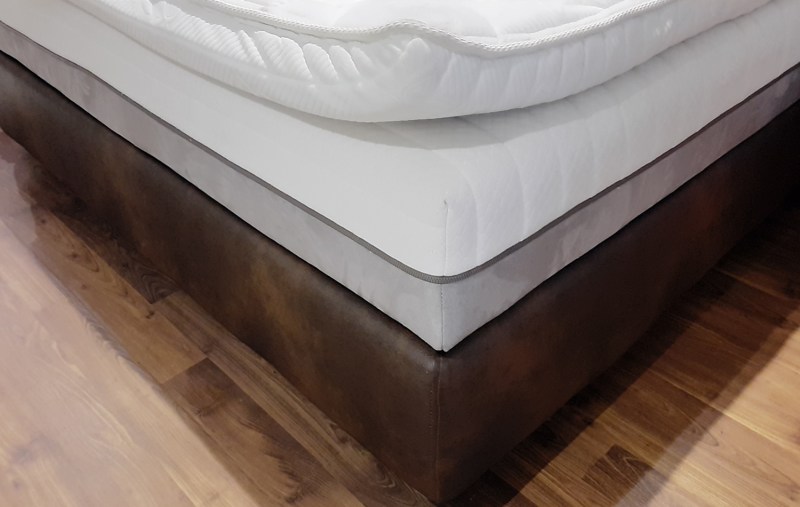
Cost
The most apparent downside of an all-natural latex mattress is the cost. The sourcing and processing of natural ingredients make them more costly. This is why some bed manufacturers turn to the use of synthetics. If you add an organic certification, the cost is even higher, just like with our groceries. This is a premium that is worth it to some, but not others.
Latex Allergies
While it seems like common sense that a person with a latex allergy shouldn’t purchase a latex bed, not everyone has been exposed to latex. You should definitely find out before buying a latex mattress if you’re unsure.
Limited Firmness Levels
How firm or soft a bed feels is up to the person, but it also greatly relies on its build. Since all-natural latex mattresses are costly to produce, most manufacturers only offer one or two firmness levels.
Not Supportive Enough for Heavy Sleepers
Because of their materials and design, most sleep experts advise heavy sleepers (250 pounds or more) to steer clear of latex in general if they want a supportive mattress. However, this is true for any foam mattress, not just latex.
Should You Buy a Latex Mattress?
It’s hard to tell someone what type of mattress to buy. Quality sleep is essential, and it’s up to each individual to find the perfect mattress to get it. There’s a sea of excellent mattress manufacturers out there that make a wide variety of beds. The good news is, these days, since many are online stores, most companies have excellent return/exchange policies. So even if an all-natural latex mattress isn’t your cup of tea, you can exchange it for one that better suits you.
Chances are, if you’re eyeing an all-natural latex mattress, you want a good night’s rest while making the sustainable choice. In that case, an all-natural latex mattress is perfect. While they are some of the most expensive mattresses on the market, they also last the longest — so your extra investment would not be in vain. Also, if you’re a person that has a high sensitivity to synthetic materials, you almost have to go with all-natural latex.
